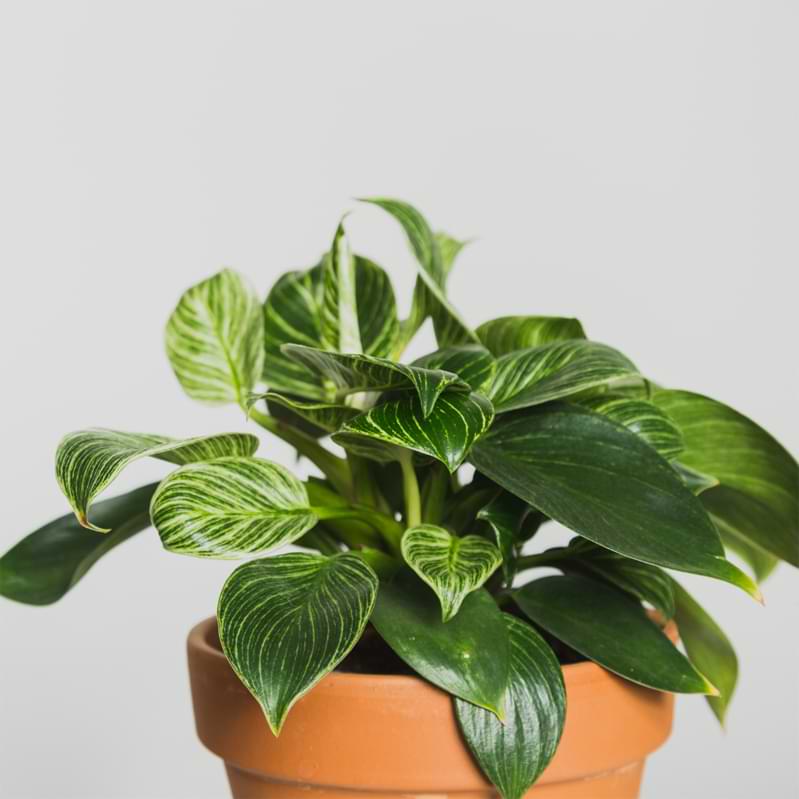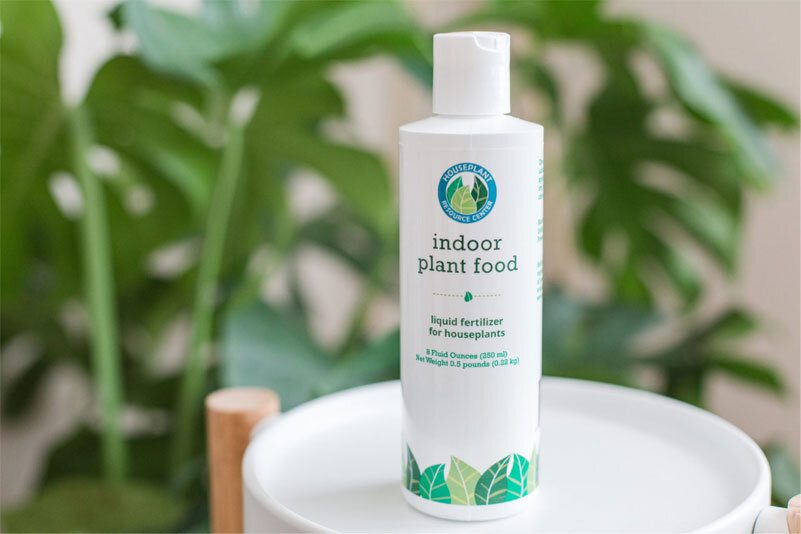Birkin Plant Care
If you’re an avid plant enthusiast, then you know that taking care of houseplants is more than just watering the soil. It involves providing the right environment, nutrition, and other elements to ensure that your plants stay healthy and thrive.
If you have a Birkin plant, proper care is more critical than ever. To help you out with that, we’ve put together this guide on how to take care of a Birkin plant. So if you’re ready to give your new beloved companion what it needs—keep reading!
Table of Contents
What is a Birkin Plant?
The Birkin plant is a species of evergreen shrub native to Central and South America. It is an attractive plant with dark green leaves and white flowers. The Birkin plant is a popular choice for gardens and as a houseplant.
The Birkin plant is a low-maintenance plant that does not require much care. It can be grown in full sun or partial shade and prefers well-drained soil. Birkin plants are drought tolerant and can tolerate some salt spray. One cool thing about this plant is that it is self-heading, so it maintains a 3-foot by 3-foot size and makes itself fuller without the help of trimming or pruning to dead-head it.

Birkin Plant Care Origin and History
The Birkin plant is a member of the Philodendron family, which includes over 450 varieties of beautiful plants with unique characteristics. The Birkin plant does not grow in the wild. It is a cultivar native to Central and South America. It is actually a mutation from the Philodendron Rojo Congo!
It is a rather rare variety of Philodendron, but it is quickly gaining popularity because of the beautiful leaves it produces and unique white or cream stripes on each leaf.
How to Care for Your Birkin Plant
Your Birkin plant will thrive if you provide it with the proper care. Here are some tips on how to take care of your Birkin plant:
Light and Position
Place your Birkin plant in a bright location, but out of direct sunlight. You may need to test out a couple places in your home before you find the perfect spot for your plant. Rotate the plant every week or so to ensure each side of the plant gets closer to the light source. This will prevent your Birkin from leaning over to one side, as it will try to get closer to the light source by growing in one direction.
Watering and Fertilizing
Water your Birkin plant when the soil is dry to the touch. Be sure to not over water, as this can lead to root rot. The Birkin plant does not like to be soggy, and overwatering could quickly kill your Birkin plant. Use a moisture meter to ensure you are giving the right amount of water, and to ensure you’re not watering too frequently.
Fertilize your Birkin plant every other month with a balanced fertilizer to keep it happy. In the winter months, you should only fertilize every 6 to 8 weeks.
Pruning and Deadheading
You shouldn’t need to prune your Birkin plant, but you may wish to just to make it look a certain way. This plant self-heads, meaning it will branch out by itself instead of growing taller and wider.
What to Expect | Birkin Plant Care
When caring for a Birkin plant, it is important to know what to expect in terms of its growth and appearance. The Birkin plant is a relatively small houseplant that grows to be about 3 feet tall and 3 feet wide. They can be grown indoors or outdoors, but need bright light and well-drained soil.
Birkin plants are relatively low maintenance and only need to be watered when the soil is dry. There are some problems you may encounter with your Birkin plant, but overall, they are an easy plant to take care of.
Common Birkin Plant Problems
If you’re thinking about getting a Birkin plant (or if you already have one), it’s important to be aware of some common problems that can happen. Here are four of the most common Birkin plant problems, along with some tips on how to prevent or fix them:
1. Overwatering
One of the most common problems with Birkin plants is overwatering. This can lead to root rot, which can kill your plant. To avoid overwatering, make sure to only water your Birkin plant when the soil is dry to the touch.
2. Underwatering
Underwatering is also a common problem, and it can cause your Birkin plant’s leaves to turn brown and wilt. If you think your Birkin plant might be underwatered, try giving it a good soaking once a week and see if that helps.
3. Pests
Birkin plants are susceptible to pests like aphids, mealybugs, and scale insects. If you notice any of these pests on your plant, you can try spraying them off with water or using an insecticidal soap or neem oil solution for optimal birkin plant care.
4. Diseases
Birkin plants can also be susceptible to diseases like powdery mildew and root rot. If you notice any signs of disease on your plant, it’s important to take action immediately and isolate the affected plant from any healthy plants.
You will need a high-quality fungicide to treat powdery mildew, and then make sure your plant gets plenty of air flow through all of the leaves. For root rot, you’ll likely need to repot your plant as soon as possible, pruning off any affected roots and replanting in a fresh, well-draining soil. Make sure to give your plant a root supplement to help it recover from any diseases.

Birkin Plant Care FAQs
How often should I water my Birkin plant?
Water your Birkin plant when the topsoil is dry to the touch. Be careful not to overwater, as this can lead to root rot.
What type of soil should I use for my Birkin plant?
Use a well-draining potting mix or cactus mix for your Birkin plant.
Where should I place my Birkin plant?
Your Birkin plant will do best in a bright spot with indirect light. Avoid placing it in direct sunlight, as this can scorch the leaves.
My Birkin plant’s leaves are turning yellow. What does this mean?
Yellowing leaves can indicate that your plant is getting too much sunlight or that it’s not being watered enough. Move it to a shadier spot and/or increase watering frequency if needed.
Birkin Plant Care Guide Final Thoughts
Birkins are an incredibly unique and beautiful houseplant that will add a touch of greenery to any home. With just a few simple tips on Birkin plant care, you can keep your plants healthy and growing. Make sure you provide them with adequate light, water, fertilizer, and humidity levels and they’ll be happy for years to come!
If you’re feeling brave enough, try propagating your own Birkins at home – it’s a fun and rewarding experience that will give plenty of delightful results that you can either fill your home with, or share with family and friends.
Houseplant Resources
Looking for more houseplant info? We highly recommend our super informative (and FREE!) Houseplants for Beginners Webinar. Check out our community of other plant lovers in our Facebook group. And if you’re looking for handy go-to reference for all your houseplant needs, check out our The Last Houseplant Book You Will Ever Need.





